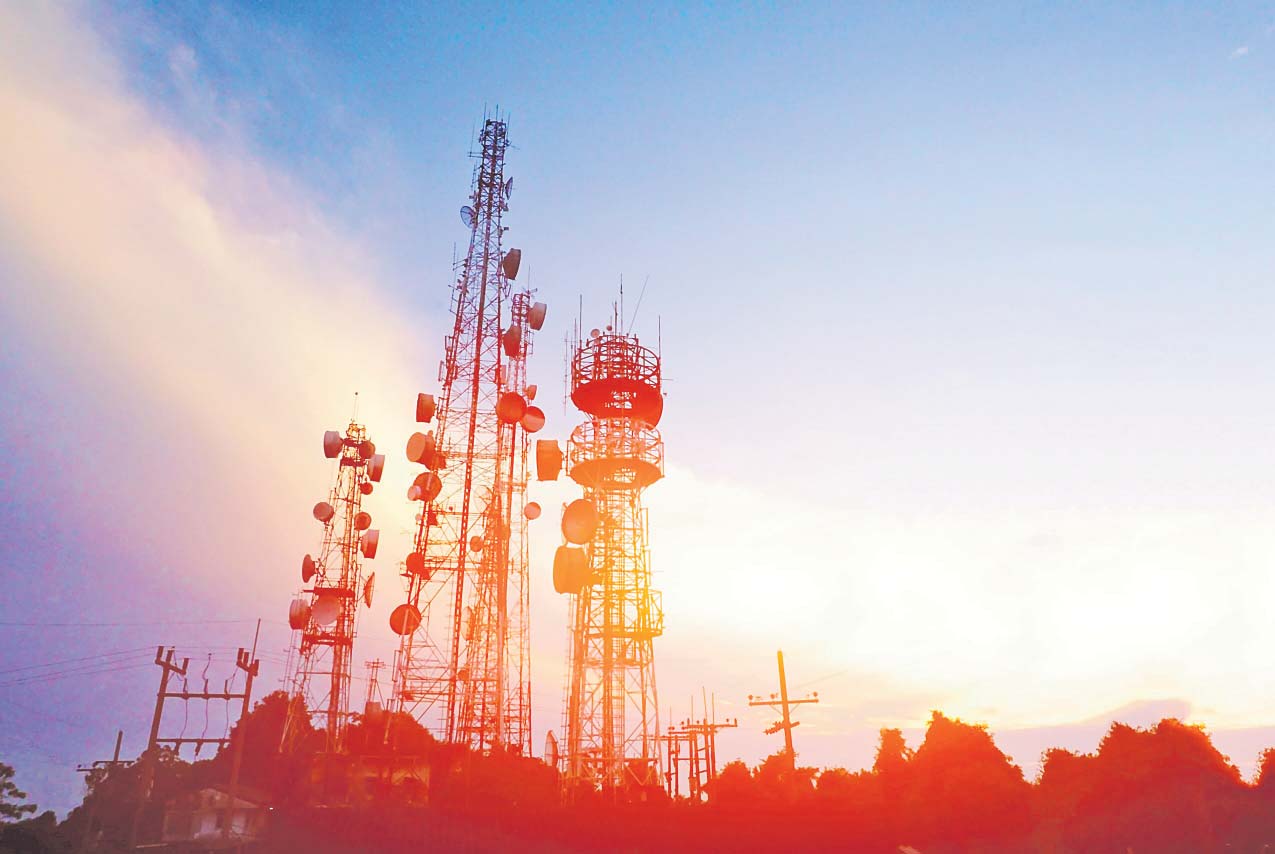Almost three months into the licensing of American satellite broadband service provider Starlink, the nation is still waiting for it to open shop here.
Partly because as part of its licensing, it was required to do so and mostly because five per cent of the population, the so called “unconnected” who do not have access to mobile Internet across 3G, 4G and 4G+ networks, is eagerly waiting.
“They (Starlink) are supposed to come in and launch soon. The licensing requested them to have a presence in Fiji,” Mr Kamikamica said in an interview with The Fiji Times last week.
However, despite the promotion of Starlink’s Low Earth Orbit technology as the “game changer” in bridging the digital divide, there has been no word from the company or relevant authorities on actual progress made, if any.
In fact, dialogue on getting telecommunications services to the unconnected is something the Government is doing with the existing providers.
“We are trying to talk to the industry about how to mobilise and connecting the unconnected,” Mr Kamikamica said.
“This was the conversation with Vodafone Fiji, Telecom Fiji and Digicel Fiji in terms of how do we reach those who are not connected right now in terms of communication.”
For Amalgamated Telecom Holdings (ATH), parent company of Telecom Fiji Ltd, Fiji International Telecommunications Ltd (FINTEL) and Vodafone Fiji, the issue is not so much about technology but about the financing.
“As I am aware, the operators in the ATH Group and also possibly others as well have always explored and found ways to use the technologies of the day in connecting rural and isolated communities in Fiji,” ATH Group chief executive officer Ivan Fong told The Fiji Times.
“Throughout the various eras, the perennial issue has not been one of technological capability to provide connectivity but rather the constraints on funding support to achieve the desired objectives.”
The Government has an existing program with the service providers called “Connecting the Unconnected Programme”, introduced by the previous Government.
The collaboration explored ways to provide connectivity using funds from the Universal Service Obligations which levies service providers a monthly fee to fund the provision of services to the “black and brown spots” or isolated locations not economical or not within existing coverage areas.
In one of his speeches in Parliament in 2021, former attorney-general and Minister for Communication Aiyaz Sayed-Khaiyum alluded to the challenges faced by competing operators trying to put towers in the best location for optimum coverage as an inhibiting factor.
The solution, he said, was what they called the “Tower Sharing Arrangement” — “put up one tower and everyone shares it and places their equipment on it.”
“The Universal Service Fund is a Trust Fund established under section 53 of the Telecommunications Act 2008 and is one of the key financing mechanisms to connect the declared universal service areas where there is neither the density nor the capital for telecom operators to justify private sector infrastructure investments,” Mr Sayed-Khaiyum said.
“Under the law, each telecom operator pays a levy of 0.5 per cent of their annual gross revenue towards the Universal Service Fund which is paid to TAF (Telecommunications Authority of Fiji, the telecom regulator).
“In the Government’s on-going effort to connect the remaining 42,022 Fijians or five per cent of unconnected Fijians, we have identified 317 sites nationwide as either unconnected or poorly connected. These proposed sites cover 4.02 per cent of the five per cent of unconnected Fijians. In other words, 34,590 Fijians out of the 43,022 unconnected Fijians.”
With Starlink now in the picture and with its ability to directly deliver “reliable highspeed Internet wherever you live” from the sky to mobile
phone and computers without the need for towers, the question is, should it contribute to the “Tower Sharing Arrangement” as required by law?



